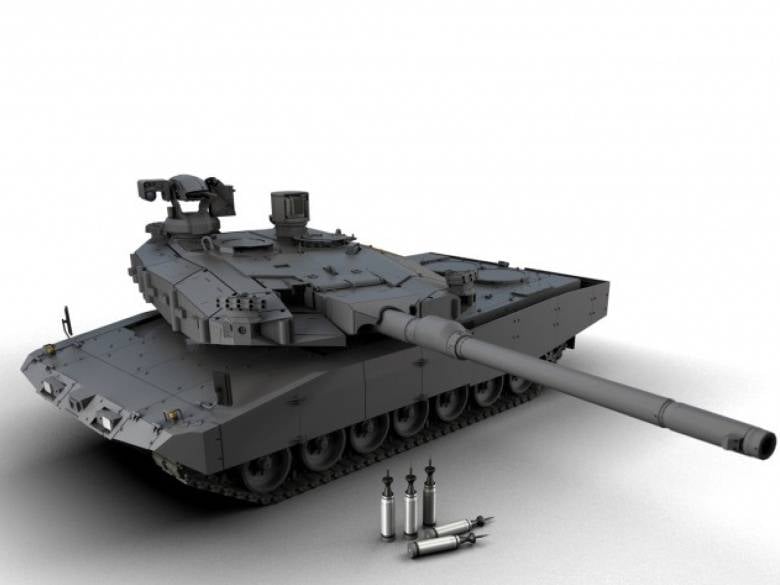The Arizona agreement, finalized on February 2, 2025, outlines Belgium’s revised defense policy under the newly elected government led by Prime Minister Bart De Wever. While minor modifications may be made, the agreement discusses Belgium’s potential participation in the Main Ground Combat System (MGCS), a Franco-German initiative to develop a next-generation main battle tank (MBT) system. This decision aligns with Belgium’s broader defense modernization efforts, which involve increased military spending and engagement in European military projects. It also indicates Belgium’s renewed interest in acquiring tanks following the retirement of its last Leopard 1s in 2014.

The withdrawal of heavy armor reduced Belgium’s armored capabilities significantly. During the Cold War, Belgium operated various types of armored vehicles, including German Jagdpanzer Kanone tank destroyers, American M113 and M75 armored personnel carriers, French AMX-13 VTT variants, and British Scorpion and Scimitar CVRTs. Belgium’s forces in Germany were scaled down over time, with three brigades under British control in 1946 growing to a force of 150,000 personnel by 1952. By 1970, the Belgian presence was reduced to a single corps with two divisions, and by the end of the Cold War in 1990, it had declined to under 25,000 personnel.
In recent years, Belgium has sought to rebuild its army, identifying the absence of heavy armored vehicles, self-propelled artillery, and air defense systems as capability gaps. The country joined the French Scorpion program in 2017, ordering 60 EBRC Jaguar reconnaissance vehicles and 382 VBMR Griffon armored personnel carriers. Belgium also ordered 19 CAESAR II self-propelled howitzers, with delivery expected between 2026 and 2030.
From an industrial standpoint, Belgium’s potential entry into MGCS coincides with its defense firms’ expanding role in European defense projects. John Cockerill Defense is in the process of acquiring France’s Arquus to strengthen its position in the medium-armored vehicle sector. Meanwhile, FN Herstal has agreements for ammunition production, including a trilateral initiative with France and the Netherlands. Both companies are also involved in the MARTE program, a European research initiative for future MBT technologies. MARTE, which includes 47 European partners, is expected to support the MGCS by advancing armor protection, automated targeting, and firepower capabilities.
The MGCS project, launched in 2017, is designed to replace the German Leopard 2 and French Leclerc tanks with a more advanced combat system by 2040. Developed by KNDS, a consortium comprising France’s Nexter and Germany’s Krauss-Maffei Wegmann, alongside Rheinmetall, the MGCS will not be a single tank but a “system of systems” integrating crewed and uncrewed vehicles. Its development focuses on modularity, better firepower, enhanced protection, and AI-driven battlefield management. However, France and Germany have disagreed on key technical aspects, such as gun caliber, with France advocating for a 140mm system and Germany supporting a 130mm alternative. Industrial competition has contributed to delays, but both governments remain committed to advancing the program as a critical component of European armored forces.
As MGCS progresses, discussions about potential new partners, including Italy and Spain, have emerged. While France and Germany remain the primary stakeholders, expanding participation could introduce additional expertise and funding. However, integrating new members requires industrial and political negotiations, as France and Germany have historically maintained control over their defense projects.
